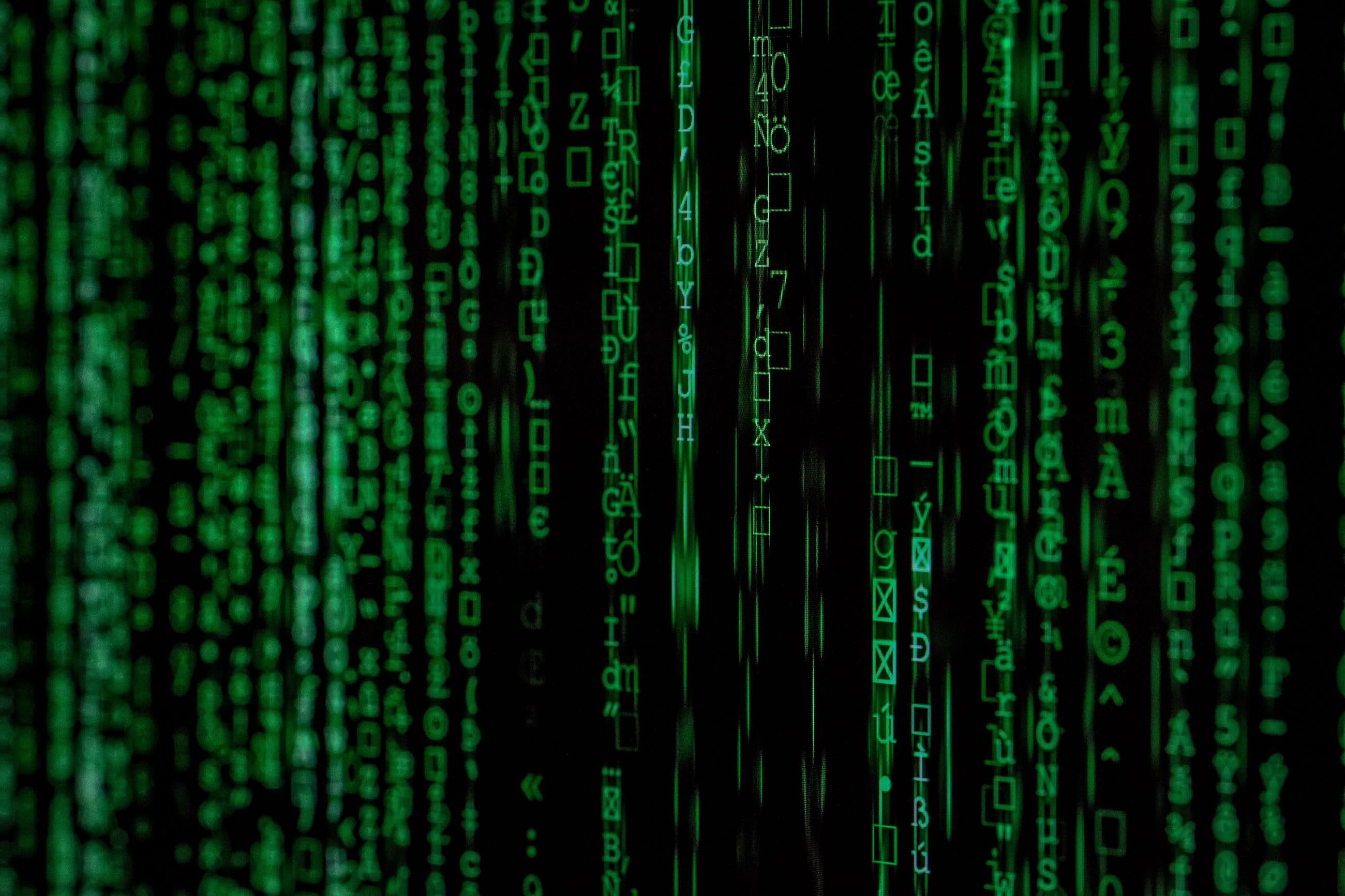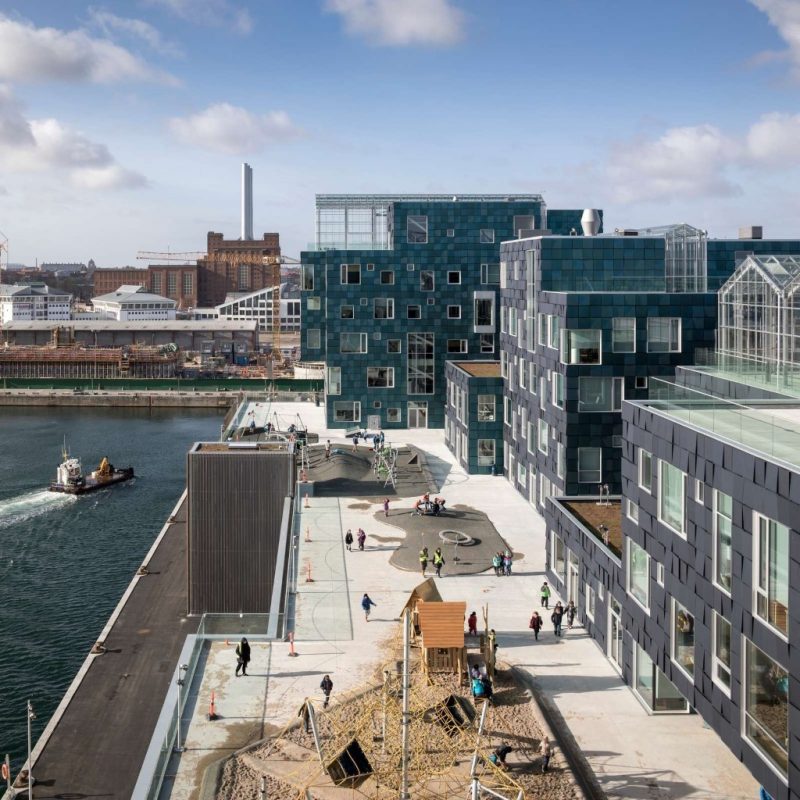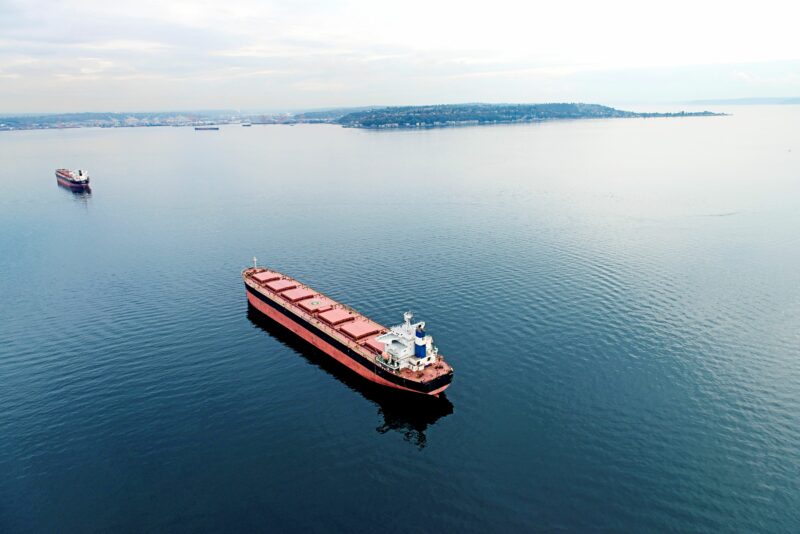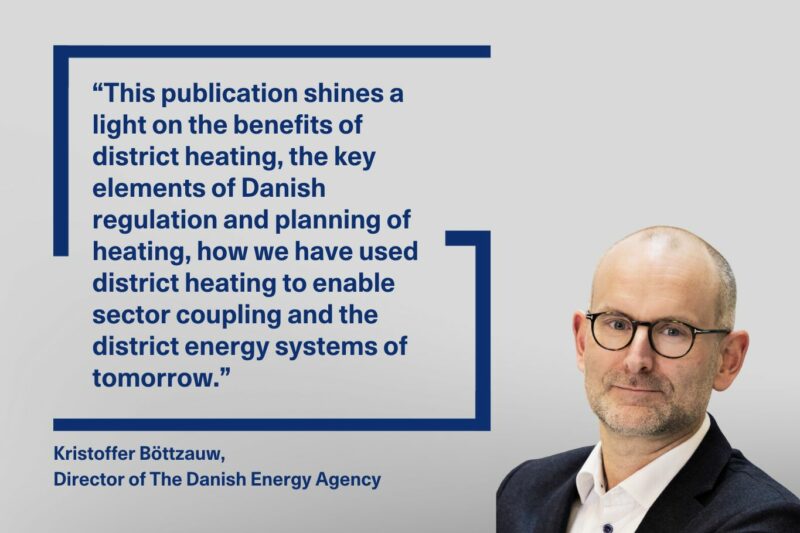News
Buildings
Energy efficiency in buildings
Energy efficiency in industry
+3
5 key findings from 7 years of research on the project CITIES for a digital green transition


The CITIES project (Center for IT-Intelligent Energy Systems) is a research project for smart energy systems and smart cities funded by Innovation Fund Denmark. It ran from 2014 to 2020 and the project has shown how to integrate energy systems powered by artificial intelligence and intelligent use of data through keywords such as digitalisation, flexibility, and sector coupling.
The research has focused on methodologies to facilitate the green transition to a fossil-free energy system.
The CITIES project’s partners have made 26 recommendations on how to achieve the green transition of the energy system. Nevertheless Henrik Madsen, Professor and Project Manager for the project CITIES, has identified five main findings from the research.
1. Break down the silo mentality
According to Henrik Madsen it is important for companies and individuals working towards the green transition to think outside of the silo. They should think more holistic and about synergies and get outside the silo to be able to transform data into actionable information. CITIES has mapped the importance of coherence between energy planning and energy systems in large cities and the rest of the country.
- It is not enough to just think about electrical power systems. It is necessary to break down the silo mentality to think about connecting different energy systems when designing and creating new smart cities.
2. Digitalisation is key
“Digitalisation must bind everything together, and it is very important in Denmark and globally," says project manager and professor at DTU Henrik Madsen.
Municipalities across Denmark are currently expanding the district heating network. This is good for the climate because district heating can contribute to at least a third of the CO2 reductions needed to reach Denmark's goal of 70 percent reductions by 2030.
Research in the CITIES project has created data-driven solutions to make district heating even more efficient. Through digitalisation and coupling between energy systems, CITIES has developed solutions for energy storage without the use of rare minerals such as cobalt and lithium.
Related news: Collective heating and cooling enables flexible energy systems
With intelligent control, supermarkets’ cooling systems, treatment plants, district heating and the like can help the electricity market so that the wind turbines – unlike today – can continue to spin merrily in windy weather, even if production exceeds demand.
– We estimate that the digital solutions developed in CITIES can provide savings of over one billion DKK per year alone in Denmark, says Henrik Madsen.
3. The energy system of the future is driven by wind and solar power and flexibility is needed
“It is important to involve the end users, and we need solutions that the end users think are both fair, democratic and transparent. Because in the end, they are the ones who will live with these new solutions”, says Henrik Madsen and continues to explain that no matter where it is, it is necessary to take into account the culture and traditions that exist among the people in the place in order for them to be satisfied with the new solutions. A tool has been developed that makes it possible to include consumption flexibility in energy planning.
- It is important to have some kind of an anthropological, democratic, and social understanding of the place. That is something we can see from demonstrations that we have received from other countries, underlines professor Henrik Madsen.
4. Denmark is an ideal playground to demonstrate green solutions to the rest of the world
- The size of Denmark is perfect for testing new green solutions. It is a small country, which makes it easier to try and test new solutions within the country. It is also a society with a big eagerness to become greener, says Henrik Madsen.
Related news: Clean air and intelligent waste bins: Denmark is booming with smart city solutions
5. Data-driven methods in relation to energy efficiency is needed
The research also showed that big data must be used in order to check the condition of a house or a building. In a report, CITIES, together with Damvad Analytics and the think tank Green Energy under the CITIES partner Dansk Fjernvarme, has shown that the district heating sector can save between EUR 32.27 M and EUR 106.23 M. This can be done by introducing data-driven temperature control of the flow temperature because the temperature in the pipes can be lowered 3-10 degrees.
White Paper: District Energy holds a vast potential for energy efficiency in urban areas
Lower temperatures result in lower heat loss, savings in energy production and CO2 emissions. The analysis methods have since been further improved so that the savings are estimated at EUR 26.89 M extra.
- We have to use data-driven methods, which can provide x-ray like solutions to see through buildings. For instance to check in case of a too big loss of heat or too much moist in a building, says project manager and professor at DTU Henrik Madsen.
The project ended in 2020, but CITIES will continue as a platform for knowledge sharing, software and solutions that help make the world fossil-free.
CITIES research shows the following benefits – both economically and in relation to the reduction of greenhouse gases:
- Up to one EUR 134.5 M in annual savings by temperature optimization in district heating
- Up to 90% savings by data-intelligent cooling of data centres, where cooling is created when the conditions are optimal, and stored in phase change material for use at times when, for example, the CO2 content in the stream is high
- 10-30% savings by being able to predict the heat demand from heat pumps
- 5-15% savings by integrating intelligent planning tools into home heat control
- 10-40% savings on electricity and heat consumption by using forecast tools that retrieve local weather forecasts from various weather services
- Up to 30% savings in greenhouse gases by smart control of both electricity consumption and processes in the wastewater management itself (minimization of nitrous oxide emissions)
Photo by Markus Spiske on Unsplash
You should consider reading
solutions
Energy efficiency in buildings
+2
Greening the UN one building at a time
20 November 2024solutions
Combined heat and power production
+6















